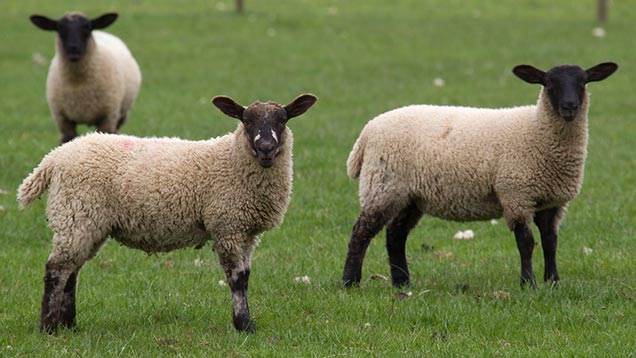Identify flock wormer resistance now to combat summer threat
 © Tim Scrivener
© Tim Scrivener Now is the time for sheep farmers to identify their flocks wormer resistance status to prepare a plan to manage the summer and autumn worm challenge in lambs.
It is the warmer and drier-than-average spring that has resulted in large numbers of the main strongyles species of larvae on pasture earlier than expected, says vet Peers Davies.
“The eggs passed by ewes are hatching out and will be multiplied up by lambs quite quickly.”
Monitoring a small sample of lambs using pooled faecal egg counts (FECs) every two to four weeks will determine what their wormer resistance status is.
This is vital in the selection of suitable products when treatment is required and will be specific to each farm, he says.
See also: How to prevent trace element deficiency in lambs at weaning
“I would advise farmers to do this with urgency to make appropriate plans to manage the situation, before being forced to treat underperforming and scouring lambs, by which point you’ve already lost a lot of production.”
FECs identify the level of challenge, aid timing of treatments and crucially predict the best time to dose lambs, making treatments more efficient, adds Mr Davies.
Treatment must follow the Scops principles, he says: “Establish what your resistance status is and use the most appropriate products accordingly. Dose to the heaviest member of the group and avoid the dose-and-move policy.”
He also reminds farmers to use correctly calibrated equipment and use clean grazing for lambs post-weaning.
While the nematodirus risk is now subsiding throughout most of the UK, Northern Ireland and north-west Scotland are now at increased risk (see map).
However, Mr Davies says many lambs born in April to May in these newly at-risk areas will escape.
“It is only the lambs born earlier – the January and February-born lambs – who will be grazing at the time when there are a large number of larvae out on pasture,” he says.

